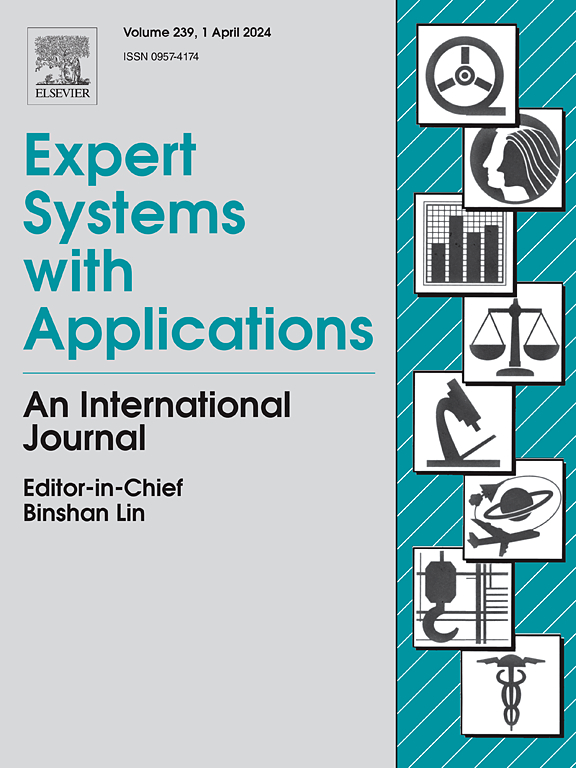MIAN:带有转移学习功能的多头不协调感知注意力网络,用于讽刺语言检测
IF 7.5
1区 计算机科学
Q1 COMPUTER SCIENCE, ARTIFICIAL INTELLIGENCE
引用次数: 0
摘要
讽刺是社交媒体平台中一种常见的修辞隐喻,个人表达的情感与字面意思相反。捕捉文本中的不一致性是讽刺检测的关键因素。虽然已有一些研究关注了单个文本的不一致性,但目前还缺乏对上下文信息不一致性建模的研究。受 Transformer 多头注意机制的启发,我们提出了一种多头不协调意识注意网络,该网络同时关注目标语义不协调和上下文语义不协调。具体来说,我们设计了一个多头自匹配网络来捕捉单篇文本中的目标语义不一致。此外,我们还采用了多头共匹配网络来建立上下文语义不一致的模型。此外,由于讽刺数据的稀缺性,并考虑到情感分析和讽刺检测任务之间的相关性,我们使用大量情感分析数据对语言模型进行了预训练,从而增强了其捕捉文本中情感特征的能力。实验结果表明,我们的模型在四个基准数据集上取得了一流的性能,在 Tweets Ghost 上的准确率提高了 3.8%,在 SARC Pol 上提高了 1.1%,在 Ciron 上提高了 1.9%,在 FigLang Twitter 上的 F1 分数提高了 0.3%。本文章由计算机程序翻译,如有差异,请以英文原文为准。
MIAN: Multi-head Incongruity Aware Attention Network with transfer learning for sarcasm detection
Sarcasm is a common rhetorical metaphor in social media platforms, that individuals express emotion contrary to the literal meaning. Capturing the incongruity in the texts is the critical factor in sarcasm detection. Although several studies have looked at the incongruity of a single text, there is currently a lack of studies on modeling the incongruity of contextual information. Inspired by Multi-Head Attention mechanism from Transformer, we propose a Multi-head Incongruity Aware Attention Network, which concentrates on both target semantic incongruity and contextual semantic incongruity. Specifically, we design a multi-head self-match network to capture target semantic incongruity in a single text. Moreover, a multi-head co-match network is applied to model the contextual semantic incongruity. Furthermore, due to the scarcity of sarcasm data and considering the correlation between tasks of sentiment analysis and sarcasm detection, we pre-train the language model with a great amount of sentiment analysis data, which enhances its ability to capture sentimental features in the text. The experimental results demonstrate that our model achieves state-of-the-art performance on four benchmark datasets, with an accuracy gain of 3.8% on Tweets Ghost, 1.1% on SARC Pol, 1.9% on Ciron and an F1-Score gain of 0.3% on FigLang Twitter.
求助全文
通过发布文献求助,成功后即可免费获取论文全文。
去求助
来源期刊

Expert Systems with Applications
工程技术-工程:电子与电气
CiteScore
13.80
自引率
10.60%
发文量
2045
审稿时长
8.7 months
期刊介绍:
Expert Systems With Applications is an international journal dedicated to the exchange of information on expert and intelligent systems used globally in industry, government, and universities. The journal emphasizes original papers covering the design, development, testing, implementation, and management of these systems, offering practical guidelines. It spans various sectors such as finance, engineering, marketing, law, project management, information management, medicine, and more. The journal also welcomes papers on multi-agent systems, knowledge management, neural networks, knowledge discovery, data mining, and other related areas, excluding applications to military/defense systems.
 求助内容:
求助内容: 应助结果提醒方式:
应助结果提醒方式:


